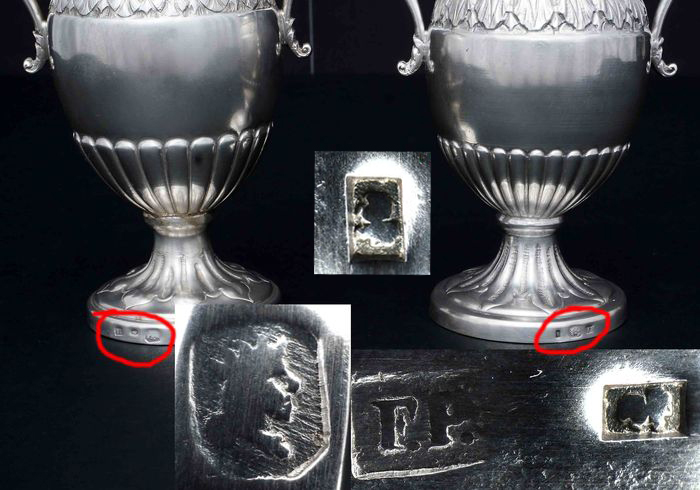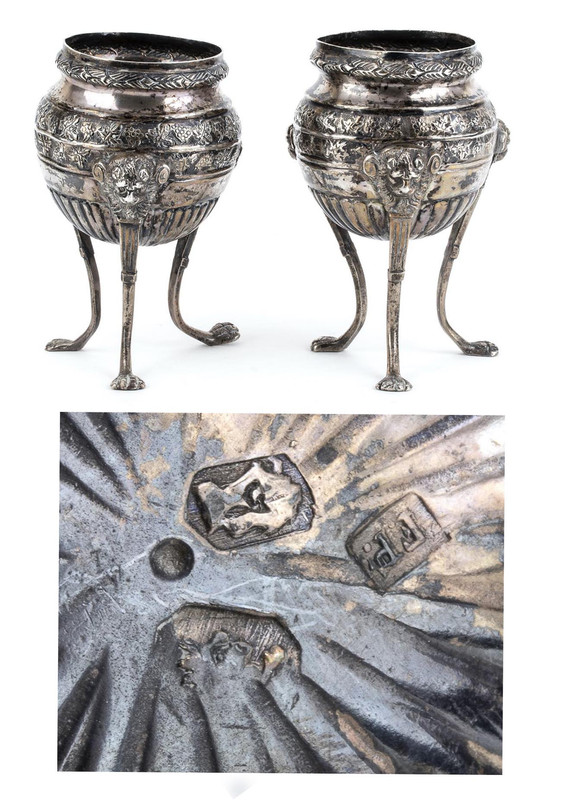Qrt.S wrote:I just realized that the three crowns/cat's paw is implemented 1753 before that the zick-zack line was used (what was the name in English?) therefore it is missing. Anyway, look closer at the crown and compare the marks. However, there is one narrow possibility i.e. Frantz Bergs 1725-1777 in Stockholm, but the hallmark's crown looks very different compared to St. Erik's crown for the period. In addition, the object's style....? I don't think it is him....but?
Hi,
After introduction of the Swedish National Control Mark(triple Crowns-Cat's Paw) in 1752 , we still can find the tremulierstrich/tremolierstich, the zick zack line made by assayer taking a silver sample to test if the silver sample was of the correct legal standard of fineness. It was one of the various assay methods used in the 18th century.
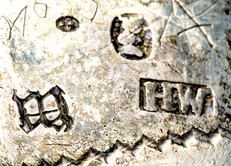
Henrik Wiitkopf, Stockholm, 1770
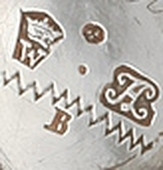
Axel Johan Limnell, Växjö 1760
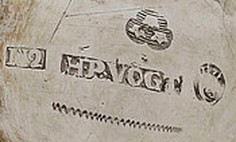
Hans Petter Vogt, Kristianstad, 1796
Swedish town marks. In the 18th century, by or on instruction of the (town) assay offices, the town marks like St Erik for Stockholm probably were made by the silver guilds, a group of silversmiths or individual silversmith hence the roughness of the town marks and the differences in appearance of one and the same town mark.
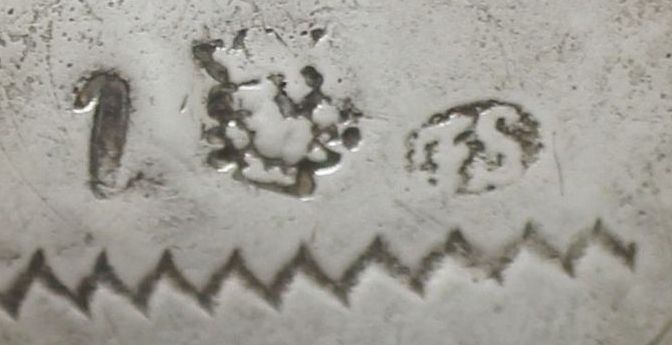

For more information see:
http://www.925-1000.com/forum/viewtopic ... 61&t=48537
http://www.925-1000.com/forum/viewtopic ... 20#p146917
Peter













